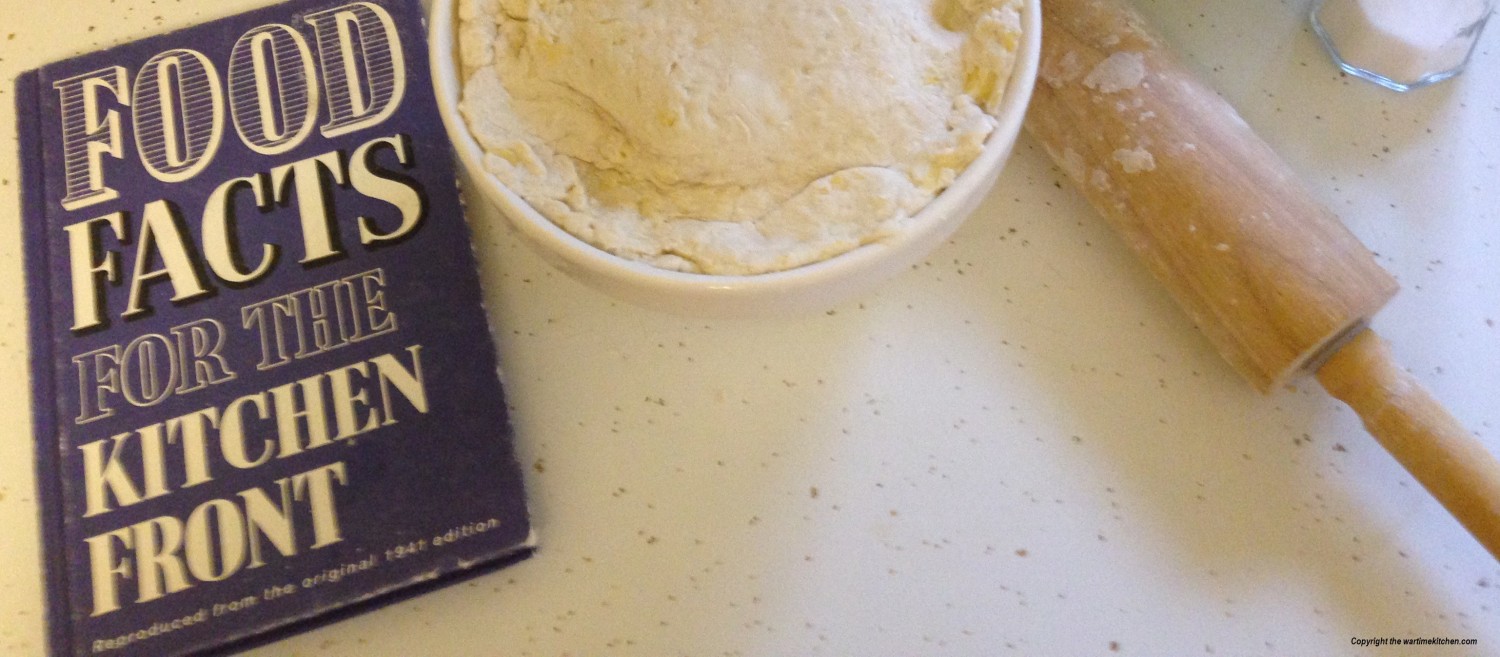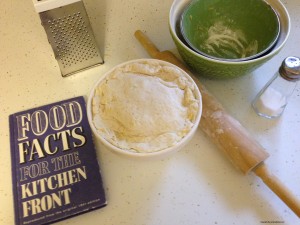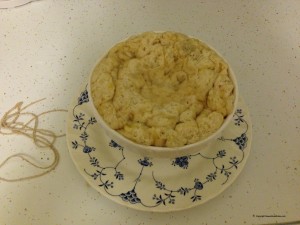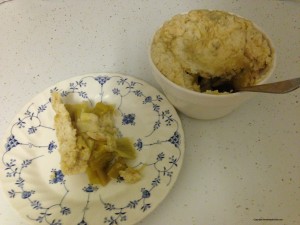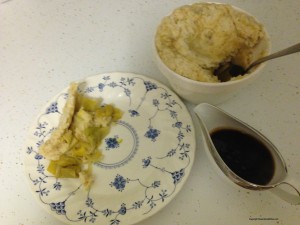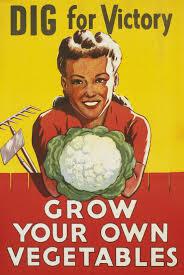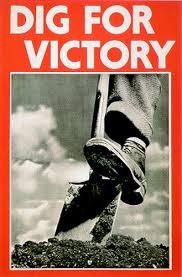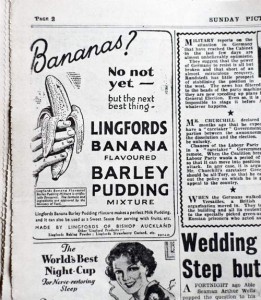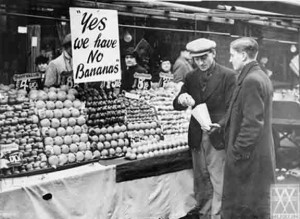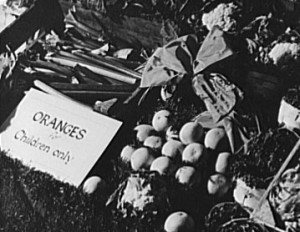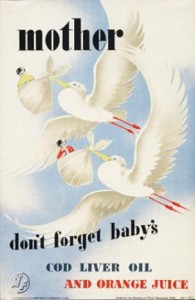I made Leek Pudding for Sunday dinner and served it with baked fish and carrots. The pastry crust was very filling (with rationing, one wanted to fill up on crust during wartime!) and the leeks were moist and only seasoned with salt and pepper. I served the pudding with a nice brown gravy. The recipe is from “Food Facts for the Kitchen Front.”
Leek Pudding
You will need a 1 quart pudding basin ( I have a Mason Cash pudding basin). See link above.
A large pot of simmering water for steaming, and a lid. Place a heat proof saucer upside down in the bottom of the pot (the pudding basin will sit on the saucer).
Pastry Crust (Potato Suet Crust)
8 oz Self Rising flour
2 oz suet (I used Vegetable Light Suet-see link to order below)
2 oz raw potato, grated
Cold water for mixing
Filling
2 large leeks- remove most of the dark green “tops,” trim the ends, cut length wise, rinse thoroughly, and cut into 1″ chunks; salt and pepper to taste
Weigh the flour, suet, and the raw grated potato and put into a large mixing bowl; add enough cold water to make a stiff pastry dough; form into a ball. Take 2/3 of the pastry and roll out large enough to line the pudding basing- leave the rest for a “lid.” Fill the basin with cut leeks, seasoning each layer – roll out the remaining pastry to make a lid, damp the edges and seal the top to the crust in the basin. Cover with greaseproof paper (parchment or waxed paper rubbed with margarine or butter), use cotton string to tie it to the basin, and steam for 2 hours.
Here is my result:
